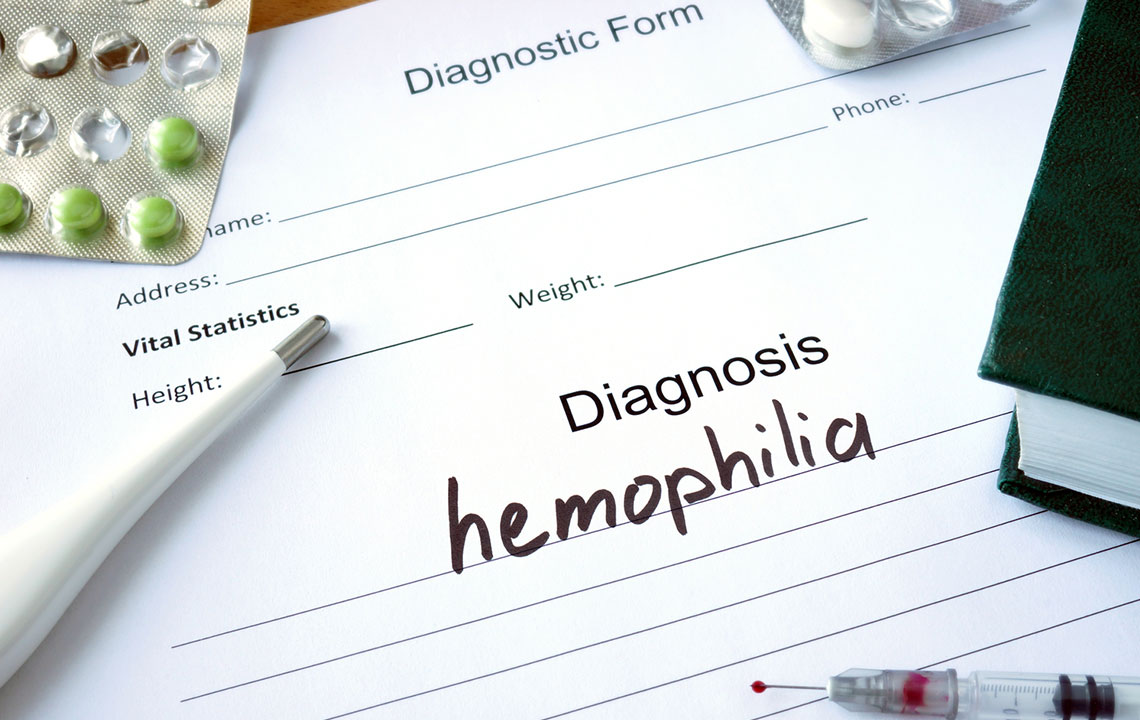Essential Tips for Managing Life with Hemophilia
Learn key strategies for managing hemophilia effectively. This guide covers specialized treatment centers, self-care practices, and parental tips to improve quality of life. Understand how to prevent complications, recognize symptoms, and create a safe environment for children with hemophilia.

Essential Tips for Managing Life with Hemophilia
Hemophilia is an uncommon genetic disorder characterized by the body's inability to clot blood properly due to missing or low levels of specific clotting proteins. It is not contagious and is inherited from parents’ genes, although some cases occur without a family history, known as sporadic hemophilia.
The condition significantly affects daily activities, and current treatments are limited, making effective management crucial for maintaining a good quality of life.
Below are key considerations for individuals living with hemophilia:
Specialized Hemophilia Treatment Facilities
Access to dedicated hemophilia treatment centers (HTCs) is vital. Over a hundred government-funded HTCs are located within major medical institutions, providing essential support on diagnosis, management, and treatment strategies. Patients using HTC services generally experience fewer bleeding episodes and hospital visits.
Additionally, these centers promote holistic care involving nurses, social workers, orthopedic specialists, dentists, and hematologists, ensuring comprehensive health management and routine checkups.
Proper Self-Care Practices
To minimize risks, individuals with hemophilia should:
Strictly adhere to prescribed treatment plans.
Inform healthcare providers, workplaces, and fitness trainers about their condition to prepare for emergencies.
Attend regular checkups and stay updated with vaccinations.
Recognize bleeding symptoms in joints and other body parts to seek prompt medical attention.
Inform dental care providers of the condition and schedule routine dental exams.
Maintain a record of previous treatments for emergencies.
Guidance for Parents of Children with Hemophilia
Parents can manage their child's condition by:
Joining support groups for emotional support and community activities, including summer camps.
Consulting healthcare professionals to understand treatment and emergency protocols.
Utilizing educational resources from medical organizations and local HTCs.
Teaching children about hemophilia to foster understanding and cooperation.
Creating a safe environment by removing hazards, using protective gear during activities, and securing sharp objects.
Ensuring safety measures like straps and pads in highchairs or strollers and keeping emergency supplies like popsicles for minor bleeding.
Parents should be familiar with bleeding signs and have a plan ready. Inform caregivers and teachers about emergency procedures for the child's safety.










